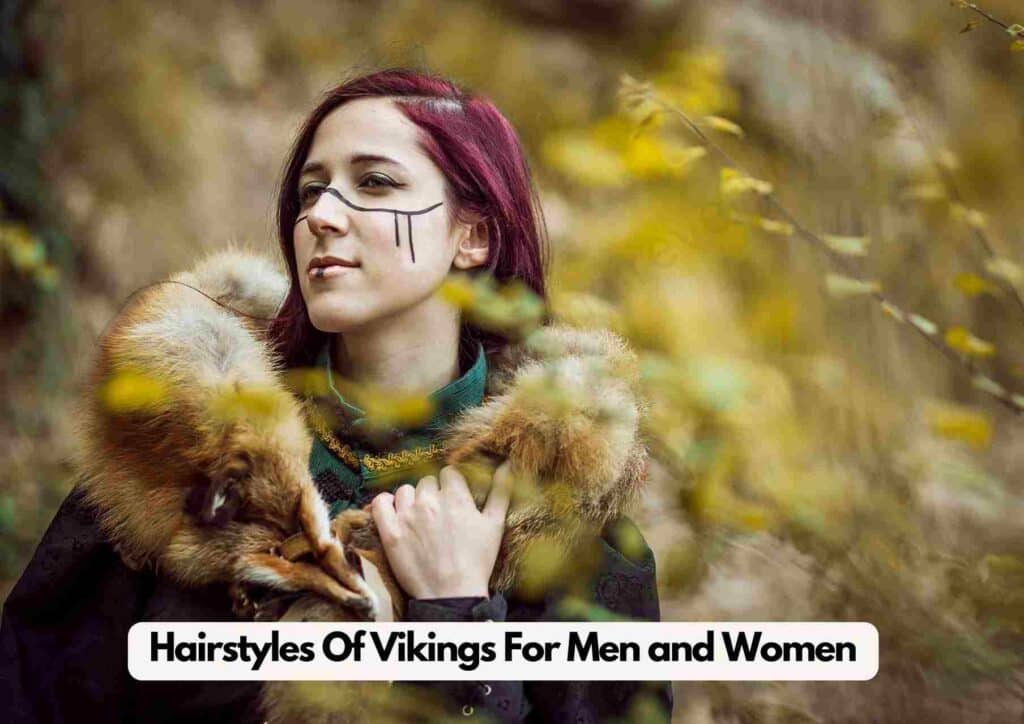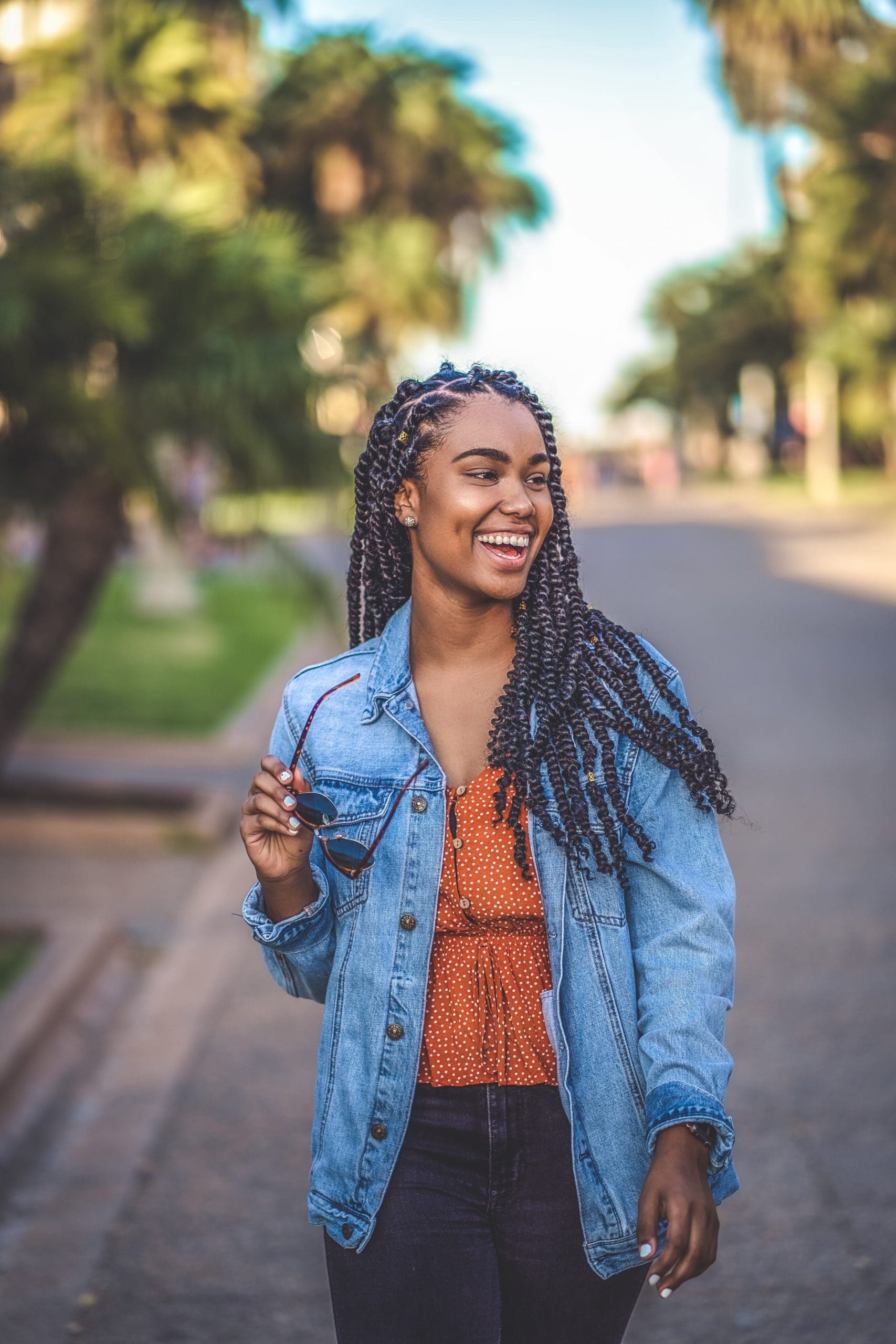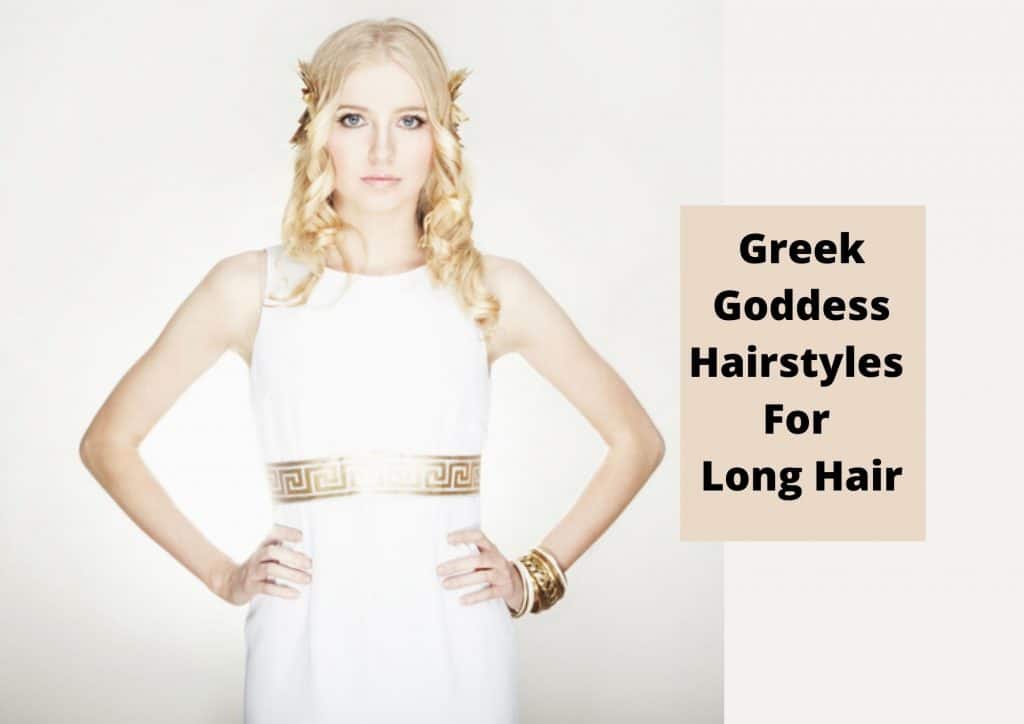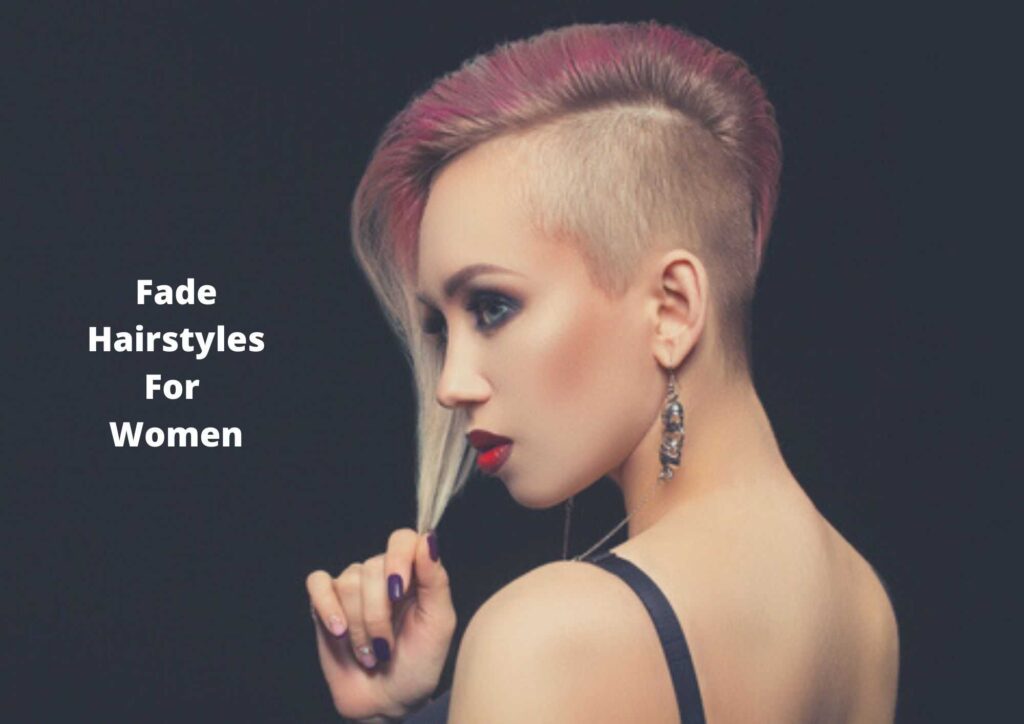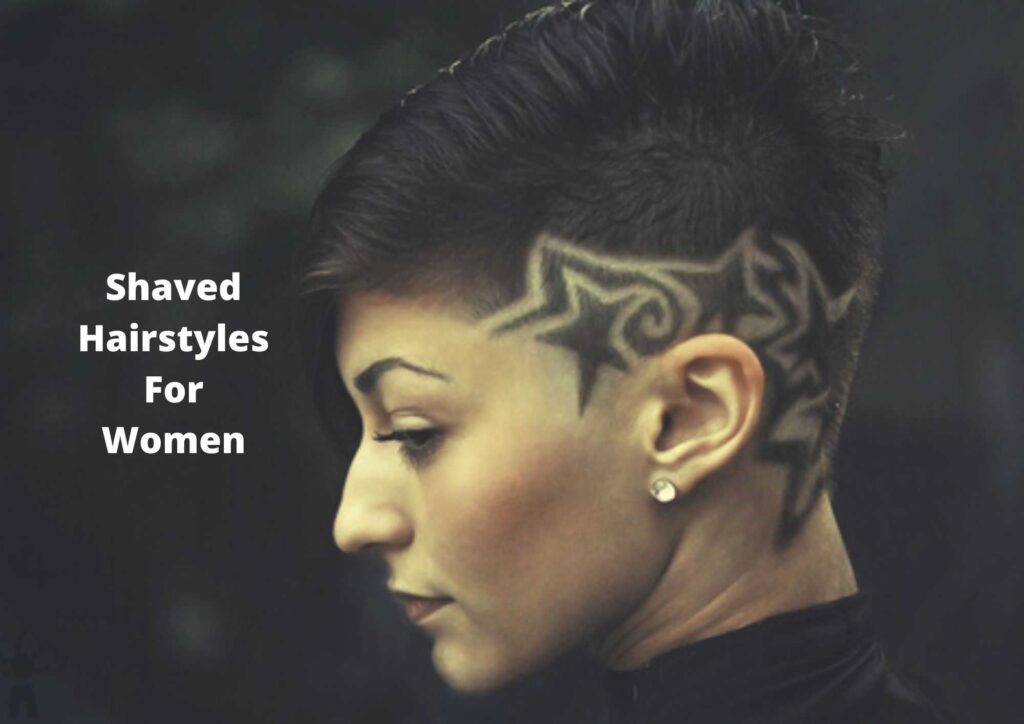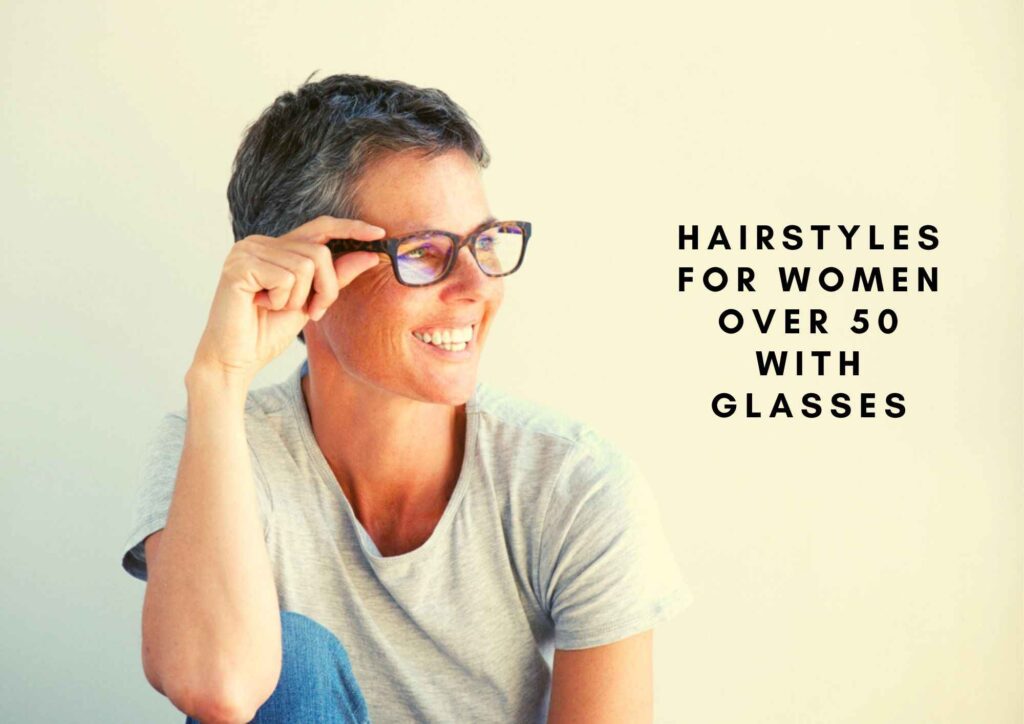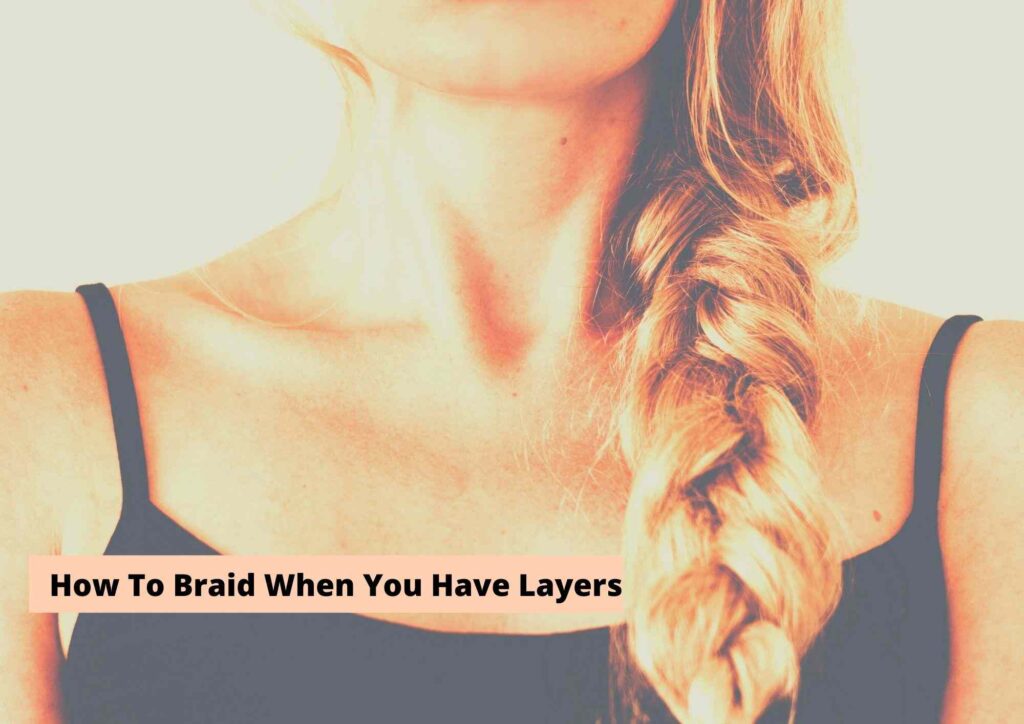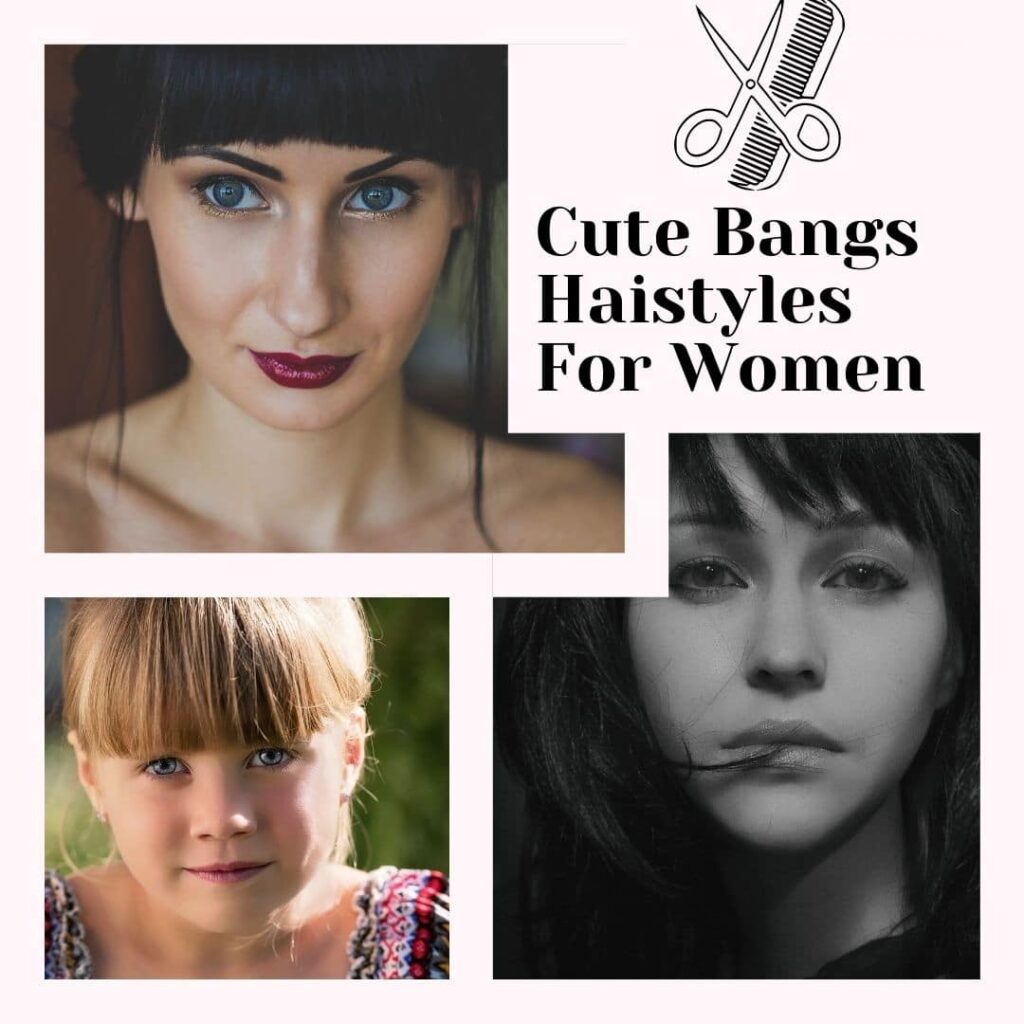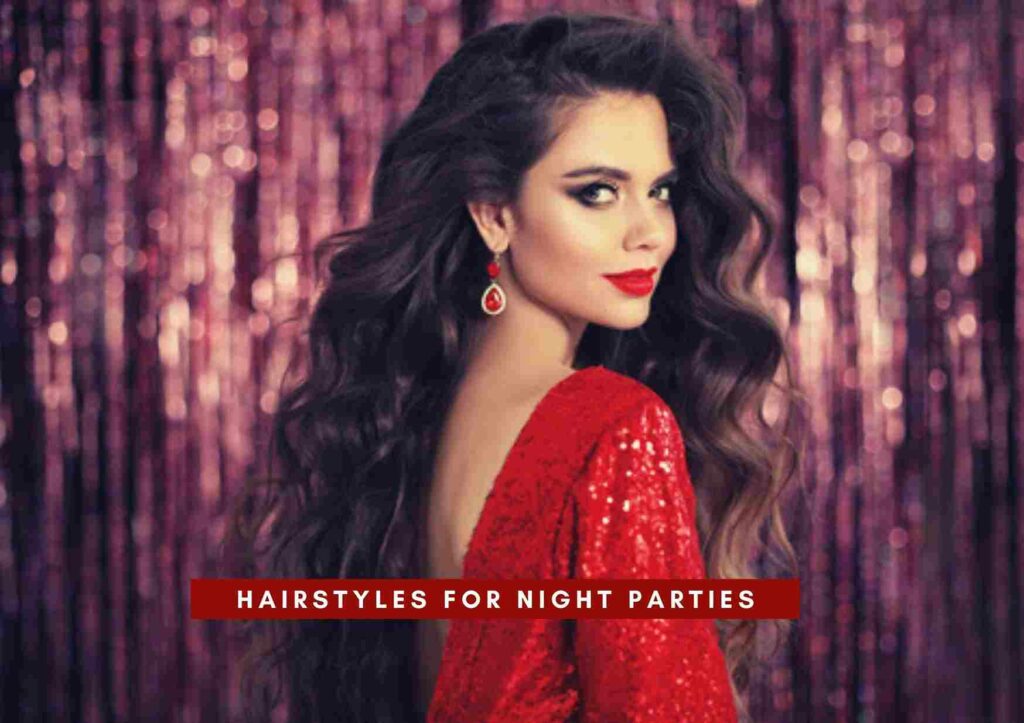In this article, I’ll take you on a journey through time, exploring some of the most iconic hairstyles of Vikings for men and women, each with its own distinctive charm and meaning.
Viking men were known for their unique and ruggedly handsome looks, and their hairstyles played a significant role in expressing their strength, status, and individuality.
Much like their male counterparts, Viking women were known for their distinctive hairstyles, which reflected their culture, status, and practicality. Let’s check out some top hairstyles that Viking men and women wore.
Hairstyles Of Vikings
The Mighty Viking Beard
No discussion of Viking hairstyles for men would be complete without paying homage to the Mighty Viking Beard. The beard was a symbol of virility, wisdom, and honor among Viking men. It was not merely a fashion statement but an integral part of their identity.
Viking men would grow their beards long and often adorned them with metal rings or beads, which added an element of warrior-like gravitas. The length and style of a Viking’s beard could convey his age, social status, and even his achievements in battle. The Mighty Viking Beard was a testament to the resilience and untamed spirit of these warriors.
The Fearsome Warrior’s Shaved Head
For Viking warriors preparing for battle, the Fearsome Warrior’s Shaved Head was a practical and symbolic choice. Shaving their heads not only reduced the risk of head lice but also offered a more aerodynamic advantage during combat. It was a hairstyle that exemplified their no-nonsense approach to warfare.
The Fearsome Warrior’s Shaved Head was characterized by a completely shaved scalp. However, Viking warriors would often leave a small section of hair at the front, called a “skeggi,” as a tribute to their bravery. This hairstyle was a visual representation of their dedication to battle and the relentless pursuit of victory.
The Rugged Viking Mullet

The Rugged Viking Mullet was a hairstyle that showcased the versatility and adaptability of Viking men. While it may not resemble the modern mullet, it was a distinct Viking interpretation.
To achieve the Rugged Viking Mullet, men would grow their hair long at the back while keeping the front and sides shorter. This created a bold contrast that emphasized the power and ruggedness of their appearance. It was a practical choice for those who wanted the best of both worlds—a warrior’s fierceness and a touch of rebellion.
The Brave Viking Ponytail

The Brave Viking Ponytail was a popular hairstyle among Viking men who wanted a combination of style and functionality. It allowed them to keep their hair out of their faces during their daily activities, whether it was sailing, farming, or fighting.
To create the Brave Viking Ponytail, men would gather their hair at the back of their heads and secure it with a leather or fabric tie. The length of the ponytail could vary, with some men opting for shorter, neater ponytails, while others embraced longer and more flowing styles. This hairstyle was a reflection of their practicality and readiness for action.
The Regal Viking Topknot

For Viking leaders and nobility, the Regal Viking Topknot was a hairstyle that exuded authority and power. It was a sophisticated and refined look that set them apart from the common warriors.
To achieve the Regal Viking Topknot, men would gather their hair at the crown of their heads and secure it with an intricately woven leather or fabric tie. This created a knot-like structure that added height and regal flair to their appearance. The topknot was often adorned with beads, metal rings, and other decorative elements, emphasizing their status and influence.
Related: Top Greek Goddess Hairstyles For Long Hair
The Intricate Viking Braids

Viking men often adorned their hair with Intricate Viking Braids, showcasing their craftsmanship and attention to detail. These braids were not just a fashion statement but a reflection of their cultural identity and warrior spirit.
To create Intricate Viking Braids, men would divide their hair into multiple sections and weave them into intricate patterns. Beads, metal rings, and other embellishments were often incorporated to add a touch of elegance and personalization. These braids were a symbol of their dedication to their appearance and their fierce individuality.
The Mysterious Viking Dreadlocks

Viking Dreadlocks, while less common, were a hairstyle choice that added an air of mystique and unpredictability to their appearance. These dreadlocks were often adorned with small metal charms and trinkets, giving them a unique and enigmatic quality.
To create Viking Dreadlocks, men would allow their hair to naturally form into thick, matted locks over time. These locks would be left to grow long and could be adorned with metal rings or beads for added decoration. The Mysterious Viking Dreadlocks were a reflection of their untamed and enigmatic nature.
The Long and Flowing Braids

One of the most iconic Viking hairstyles for women is the long and flowing braids. Viking women, much like Viking men, had a deep appreciation for long, flowing locks. These braids were not just a fashion statement but also practical for their active and adventurous lifestyles.
To achieve the Long and Flowing Braids, Viking women would grow their hair out and then divide it into multiple sections, often three or more. Each section would be braided tightly, and the braids could be adorned with beads, metal rings, or other decorative elements.
These braids not only showcased their dedication to their appearance but also served a functional purpose by keeping their hair tidy during raids and daily chores.
The Crown of Beads and Metal

For Viking women of higher status or those celebrating special occasions, the Crown of Beads and Metal was a popular and regal choice. This hairstyle was a testament to their wealth and social standing, as it often featured intricate beadwork and metal jewelry.
To create the Crown of Beads and Metal, Viking women would braid their hair in the same manner as the Long and Flowing Braids. However, they would add a special touch by attaching beads or metal rings to the braids, creating a dazzling and ornate crown that encircled their heads. This hairstyle was not only visually striking but also symbolized their status and the importance of the occasion.
The Fierce Warrior’s Mohawk

Viking women were no strangers to the battlefield, and the Fierce Warrior’s Mohawk was a hairstyle that embodied their strength and courage. While it may not resemble the traditional Mohawk we think of today, it was a unique Viking adaptation.
To create the Fierce Warrior’s Mohawk, Viking women would shave the sides of their heads, leaving a strip of hair in the center that extended from the forehead to the nape of the neck. This central strip of hair would often be braided or adorned with beads and metal rings. This hairstyle not only showcased their warrior spirit but also had a practical advantage in battle by keeping their hair out of their faces.
The Simple and Practical Top Knot

Not all Viking women had the time or inclination for elaborate hairstyles. For those who preferred a more practical and simple look, the Top Knot was the way to go. This hairstyle was ideal for everyday activities and allowed them to keep their hair out of the way while still looking presentable.
To create the Simple and Practical Top Knot, Viking women would gather their hair at the top of their heads and secure it with a leather or fabric tie. This created a neat and functional hairstyle that was perfect for chores, hunting, or sailing. Despite its simplicity, the Top Knot reflected the no-nonsense attitude of Viking women.
The Bold Shaved Sides

Viking women were not afraid to make a bold statement with their hairstyles, and the Bold Shaved Sides was a prime example of their fearless individuality. This hairstyle involved shaving the sides of the head completely, leaving the top and back of the hair untouched.
The Bold Shaved Sides hairstyle was not only eye-catching but also practical. It kept the hair out of the way during daily activities and added an element of surprise and intrigue to the overall look. Viking women who chose this hairstyle were seen as daring and confident, unafraid to challenge societal norms.
The Intricate Knotwork and Twists

For special occasions and celebrations, Viking women often opted for the Intricate Knotwork and Twists hairstyle. This elaborate and intricate style showcased their creativity and attention to detail.
To create this hairstyle, Viking women would weave their hair into intricate knots, twists, and braids, often incorporating beads, metal rings, and other decorative elements. The result was a stunning display of artistry that made a lasting impression at gatherings and festivities. The Intricate Knotwork and Twists hairstyle was a testament to their craftsmanship and dedication to beauty.
Conclusion
The hairstyles of Viking men were not just about fashion; they were a reflection of their culture, status, and indomitable spirit.
Each hairstyle carried its own unique symbolism and meaning, from the Mighty Viking Beard that symbolized honor and wisdom to the Fearsome Warrior’s Shaved Head that represented dedication to battle.
The hairstyles of Viking women were not just about fashion; they were a reflection of their culture, status, and individuality. Whether it was the practical Long and Flowing Braids of a warrior or the regal Crown of Beads and Metal of a noblewoman, each hairstyle had its own story to tell.
Why You Should Trust Haireveryday?
The author of this article, Leah Marie Priest has a degree in Cosmetology with years of experience in dealing with hair care, scalp care, and hairstyling. As someone who extensively deals with all kinds of hair textures, products, styling methods and more, hair Leah Marie knows what kind of products and procedures suit each hair type and person. We have also tested these hair products and processes ourselves to provide you an unbiased review about every product. Each of our articles are also reviewed by a team of medical professionals so that you get the most accurate and expert-reviewed information.
Also Read:
To Summarize

